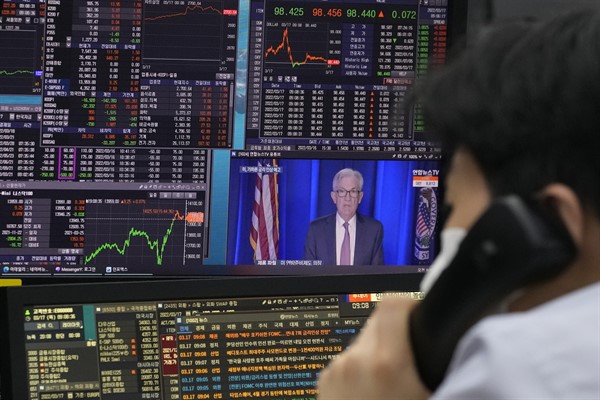One of the more concerning things about the virus that causes COVID-19 is the potential for its symptoms to linger long after the initial infection has waned. No one knows exactly what is causing “Long COVID,” as the disease is now known, but we do know that dealing with it will impose costs on societies for years to come. Not dissimilar are the pandemic’s economic and financial impacts. The initial symptoms of the crisis were acutely painful—economic downturns, business closures and supply chain disruptions. But now, as governments reopen their societies, they are realizing that some of the pandemic’s challenges may not soon abate. The global economy has come down with its own version of “Long COVID.”
First among these challenges is ballooning global debt levels. During the society-wide lockdowns of the pandemic’s first wave, governments were forced to embark on massive borrowing sprees. Those funds were necessary to finance the huge fiscal programs that kept businesses and workers afloat through the unprecedented economic shock. But now, several waves of the pandemic later, governments must reckon with these new liabilities.
A second challenge is rising inflation. In advanced economies, an entire generation of workers has never experienced inflation levels like those currently being recorded. It was only a few years ago that prominent economists were wringing their collective hands about the problem of persistent low inflation. Now, the combination of supply chain disruptions, easy monetary policy and fiscal stimulus is creating a cocktail potent enough to flip those concerns on their heads, kicking off what may be an extended period of high inflation.

